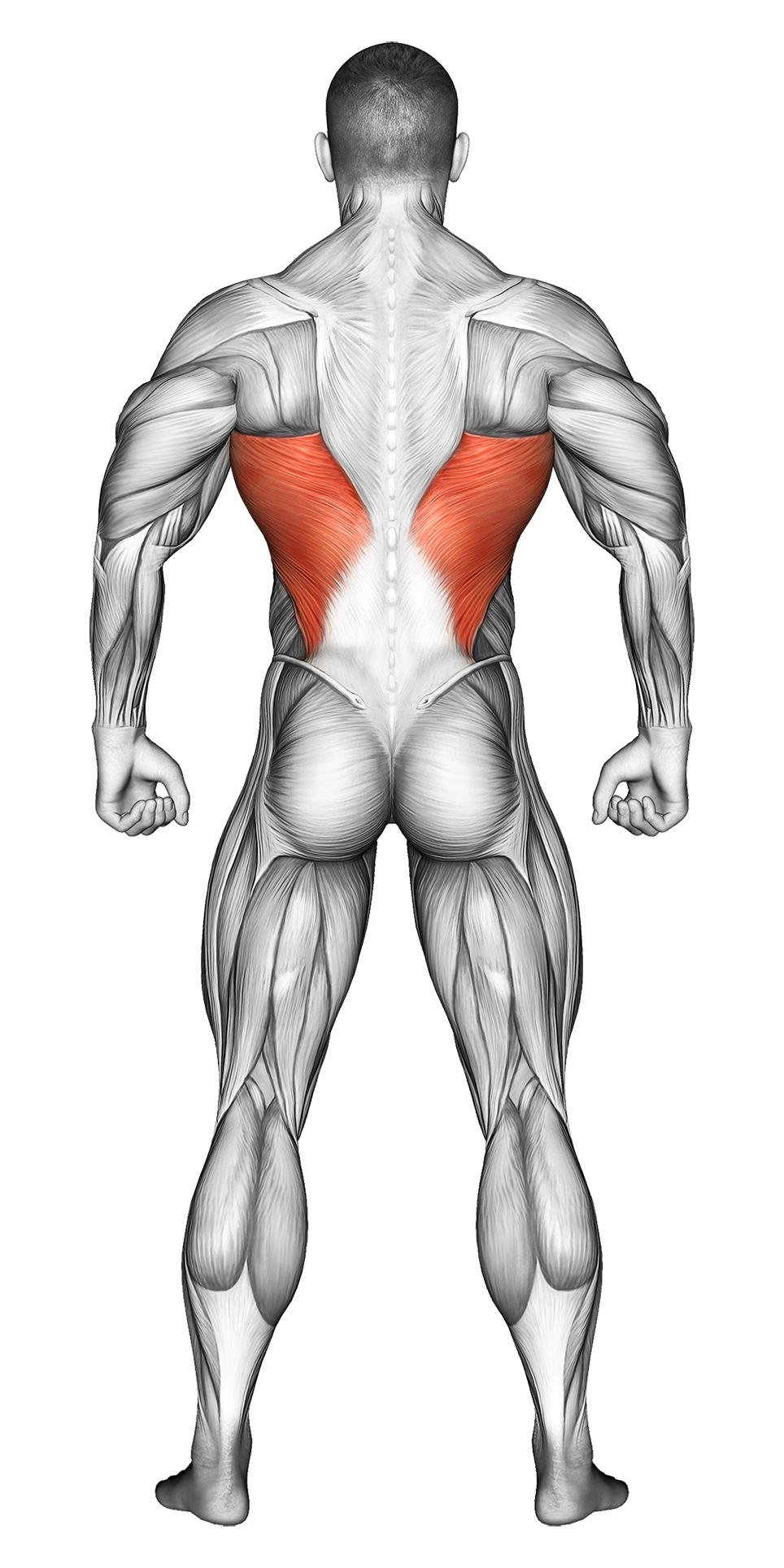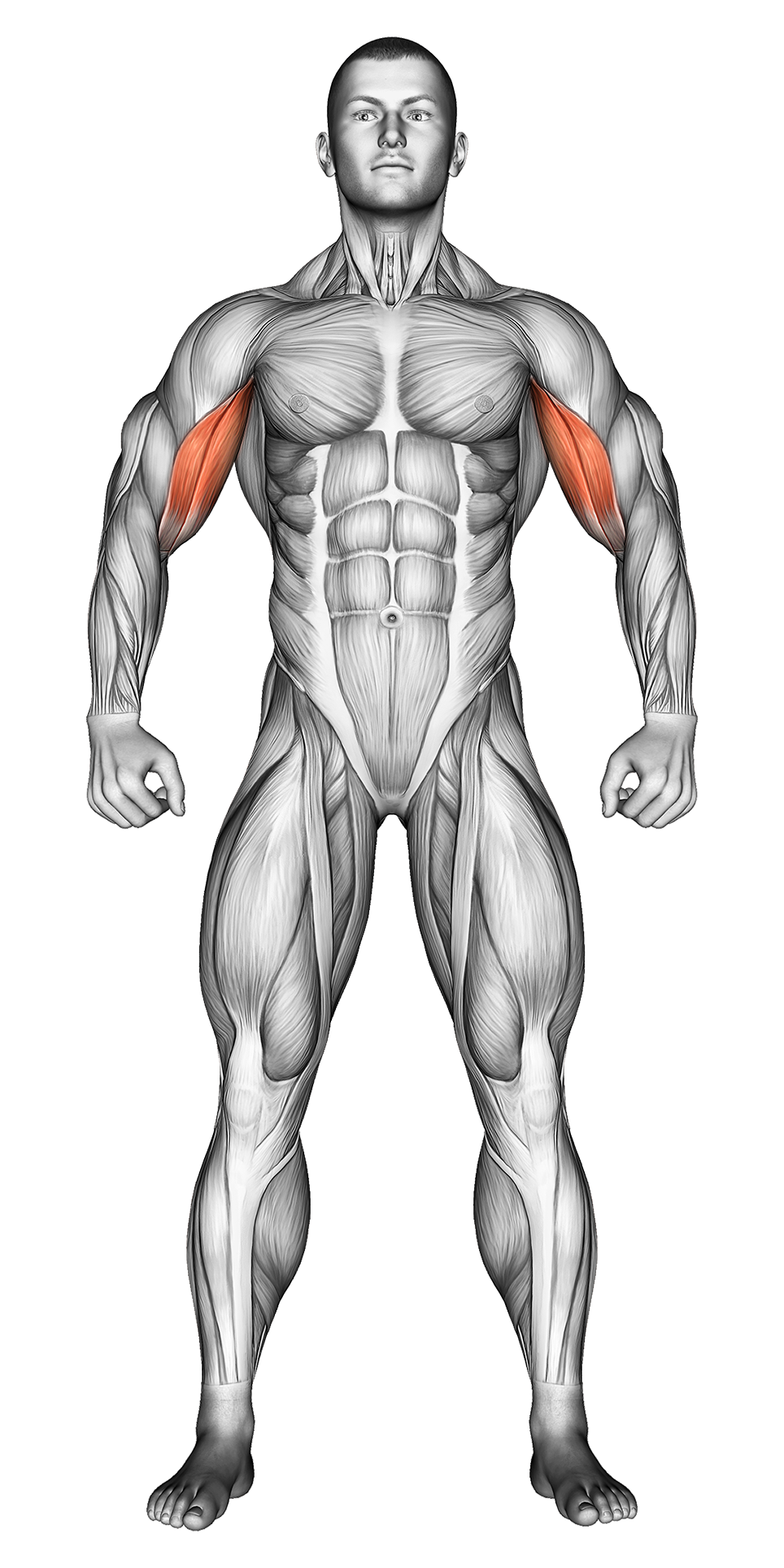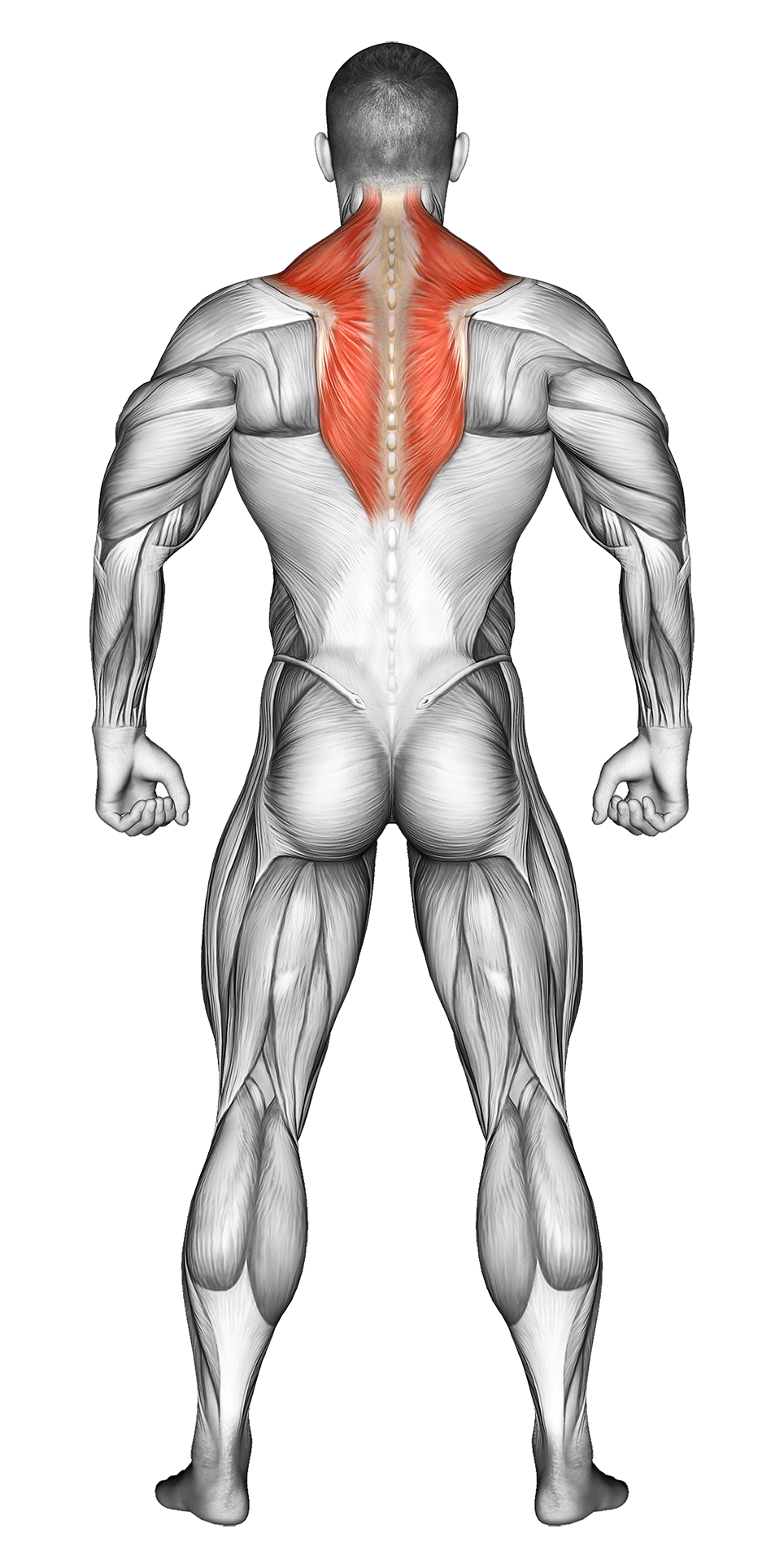Chin Up: Video Tutorial & Exercise Guide
| Workout | Chin Up |
| Primary Muscle Group | Lats |
| Secondary Muscle Group | Biceps, Traps |
| Equipment Required | Pull-up Bar |
| Force Type | Pull |
| Mechanics | Compound |
| Exercise Type | Strength |
| Difficulty | Intermediate |
Chin Up: Video Tutorial & Exercise Guide
How to do the Chin Up – Step-by-Step Guide
- Step 1: Grip a pull-up bar with an underhand grip (palms facing you), hands shoulder-width apart. Your arms should be fully extended, and your body hanging straight down.
- Step 2: Engage your core and keep your chest lifted. Begin pulling your body upward by contracting your biceps and back muscles, keeping your elbows close to your sides.
- Step 3: Continue pulling yourself up until your chin is above the bar, focusing on maintaining control throughout the movement.
- Step 4: Pause at the top for a moment, squeezing your biceps and lats, then slowly lower yourself back down to the starting position with your arms fully extended.
- Step 5: Repeat for the desired number of repetitions, ensuring controlled movement on both the upward and downward phases.
Chin Up Overview
The Chin Up is a bodyweight exercise that targets the upper body, primarily focusing on the biceps, latissimus dorsi (lats), and forearms. Compared to the Pull-Up, the Chin Up uses an underhand grip, which shifts more focus onto the biceps while still engaging the back muscles effectively. This makes it a great exercise for building both arm and back strength.
Suitable for intermediate to advanced fitness levels, Chin Ups are an excellent way to develop upper body strength and can be modified by using resistance bands for assistance or adding weight for more advanced athletes.
Benefits of Chin Ups
Chin Ups are highly effective for building upper body strength, particularly in the biceps, back, and forearms. The underhand grip emphasizes the biceps, making it a great exercise for those looking to improve arm size and strength while also developing a well-defined back.
This exercise improves grip strength, enhances core stability, and is a great measure of relative body strength. Incorporating Chin Ups into your routine can help enhance overall functional strength, making it beneficial for athletes and fitness enthusiasts alike.
Chin Up Pro Tips & Advanced Techniques
Focus on engaging your lats and biceps throughout the movement. Avoid swinging or using momentum to lift yourself up, as this reduces muscle activation. For added intensity, try pausing at the top of the movement or slowing down the lowering phase (eccentric) to increase time under tension. Advanced athletes can use a weighted vest or hold a dumbbell between their legs for additional resistance.
Progression Plan for Chin Ups
| Level | Sets | Reps | Weight/Assistance Progression |
|---|---|---|---|
| Beginner | 2-3 | 3-5 | Use a resistance band for assistance or perform negative chin-ups (focus on lowering slowly) to build strength. |
| Intermediate | 3-4 | 6-10 | Perform full bodyweight chin-ups, focusing on controlled reps and squeezing your back muscles at the top. |
| Advanced | 4-5 | 10-15 | Add extra resistance using a weighted vest or hold a dumbbell between your legs to further challenge your upper body strength. |
Frequently Asked Questions (FAQs) of Chin Up
What muscles do Chin Ups target?
Chin Ups primarily target the biceps and latissimus dorsi (lats), but they also engage the forearms, shoulders, and core for stabilization.
Are Chin Ups suitable for beginners?
Chin Ups can be challenging for beginners, but they can be modified by using a resistance band for assistance or focusing on negative chin-ups to build strength.
How often should I include Chin Ups in my routine?
Incorporate Chin Ups into your workout 1-2 times per week, allowing for adequate rest between sessions to avoid overtraining your upper body muscles.
What common mistakes should I avoid?
Avoid using momentum or swinging your legs to lift yourself up. Focus on a slow and controlled movement, and engage your back and biceps throughout the exercise.
Can I progress Chin Ups with added resistance?
Yes, once you’re comfortable with bodyweight chin-ups, you can add resistance by wearing a weighted vest or holding a dumbbell between your legs to increase intensity and build more strength.
Share


